by
Miles Gilbert
The remainder of information on the top rib of this lovely double rifle includes the 59 St. James’s St, London address and then in front of the delicately engraved and blued two leaf sight “From H.R.H. THE PRINCE OF WALES K.G. G. C. S. I. INDIA. 1875 & 1876. This 9lb. 4oz .500 X3 inch BPE (Black Powder Express) is one of several gifts that the Prince took along on his ambassadorial trip that, as we shall see, included quite a lot of big game hunting.
James Dalziel Dougall is a marque that may be well known to the readership of this extraordinary journal. Even so, for those who may not know it, the firm was established in Glasgow in 1816, saw a name change to include ‘Gunmakers’ in 1841, and by 1864 the business was so successful that a shop was opened in London at the St. James’s St. Address. According to Boothroyd (1997:113) the year 1875 saw the sale of gun No. 3100. The rifle in hand is No. 3275. Perhaps it was finished only shortly before the Prince embarked on October 11th. It features an improved version of Dougall’s Lockfast patent no. 1128 of 7 May 1860. Basically, the hinge pin upon which the barrels pivot is also a cam which pushes the barrels forward off of bolsters on the breech face. The 2.75 inch long side lever with its broad thumb piece offers plenty of leverage to open the 28 7/8 inch long barrels, which tip down for loading and cartridge extraction. A protrusion from the bottom of the lump slides back into a corresponding recess under the breech face. Altogether it locks as ‘fast’ and securely as the proverbial bank vault.
Alas, we do not know who may have received this rifle from the Prince, or if he may have used it himself, but we are informed that he was given a large bore rifle by one of his many hosts as congratulations for a successful tiger hunt. His hunting exploits are well documented among several diaries kept by his staff during his travels and by his biographers. A selection of his activities recorded by George Wheeler (1876, in the public domain) are presented herewith:
February 5th, 1876 The Royal party started in high spirits, some to hunt pig, others to shoot deer; the Prince to the rocky ravine where the tiger was lurking. He was placed in the upper story of a shooting-box which had a clear view all round. Nearly two hours passed before the beaters came on the lair. The tiger was seen creeping, cat-like, towards the box. When it came within 30 yards the Prince fired. The tiger started off down the ravine at a trot. Again the Prince fired, the tiger rolled over, but recovered and staggered into a hallow amid thick bush. The Prince, who wished to follow the trail on foot, was dissuaded. He mounted an elephant and descended. The beaters threw stones in the ravine, the tiger emerged and walked slowly up the bank. The Prince fired twice, still the beast went on, badly hit though it was, and stumbling, rolled out of sight over a boulder. A beater said, ‘it lies there’. The party closed around, and there lay a full grown female 8 ½ feet long. The Maharaja congratulated the Prince on his success. And requested his acceptance of a very large-bored tiger-rifle.
February 9th-18th The Prince and his officers were busy in the Terai area in hunting expeditions in Khatima and Banbasa and other areas at the base of the Kumaon hills with the Prince bagging tigers and sloth bears among other small game.
February l0th, 1876. Three parties were formed, but no tiger was killed. After several blanks, the Prince and his party were posted by General Ramsay round a patch of deep grass and reeds, with water near it, in which a tiger was reported to be hiding. The elephants were sent in to beat. Unfortunately, the Prince was shifted to another place, and immediately after he had moved, a splendid tiger rushed out within twenty paces of where the Prince had been stationed. The Prince fired, but the grass was high, and the tiger, which received the fire of others, got off untouched. Subsequently a leopard started from the jungle, which the Prince wounded, and which was killed. However, the general shooting, deer and small game, was very successful.
February 15th, 1876. St. Valentine s Day. Dr. Kellett keeps a record of the game, and it is curious reading. Take ” an off-day,” for example: ” H. R. H., 2 para (deer), 1 pig, 3 black partridge, 1 kingfisher; Lord Aylesford, 2 mongoose, 1 para, 1 hare, 1 partridge, 3 plover; Lord Carington, 2 partridge, 1 cheetul; Lord A. Paget, 1 porcupine, 1 florican, 1 partridge, 1 hare; Fayrer, 2 para, 1 cheetul; Prinsep, 1 hare, 2 para, 3 partridge; Dr. Smith, 1 pig, 1 partridge,” &c.
The camp moved from Nuglah to Tandah ; the shooters divided into four parties. The Prince’s party, led by General Ramsay, moved across the open country in line, killing boar, deer, and partridge, till we reached the jungle. Presently sight was caught of two dark objects in the grass. They were bears. One was fired at and killed by Lord Aylesford. Mr. Macdonald called out, ” Tiger gone back ! ” The elephants began to beat the jungle once more. The Prince was placed in the middle. In two or three minutes the elephants near him gave way, and looking across a small rivulet, I saw a bear, crouched as if listening, between the Prince and me. The Prince fired. The bear dropped, but got up and rushed out of the jungle, charging an elephant in its way. Several shots were fired, and it rolled over into the rivulet, struck by a fatal ball, but it had been hit by the Prince’s first barrel. It was a sloth bear, of extraordinary size and weight. These creatures are exceedingly fierce and mischievous, and Mr. Macdonald has official knowledge of eight persons having been killed in two consecutive nights by one of them. The other parties were not successful.
Tiger talk may be monotonous, but I regret very much that I did not see the making of the wonderful ” bag ” which the Prince brought into camp. No less than seven tigers fell; of these six, including that in the forenoon, were shot by the Prince. Five were killed in a single beat, which did not last more than an hour. The Prince killed two with single shots; he disposed of three tigers in two or more shots each, and one was accounted for by ” outsiders.” The scene of slaughter was an island, with sparse forest and thick jungle, on the Sarda (River), such as tigers love. It was not easy for eyes unaccustomed to the work to make out tigers in the grass. The Prince steadily refused to listen to (bad)advice. ” Fire just before you, Sir ! There he is in front !” He would not fire at an object he did not see. Once, the elephants being close alongside, his Royal Highness crossed over and shot the beast from Sir Jung’s howdah. When three or four tigers were to be seen like so many cats in a London square, it was natural that sportsmen should feel excited; but, on the whole, the general feeling was that the creatures were not as “game” as they might have been. An old hand observed, ” When they have seen as much of the gentlemen in stripes as I have done, they will think them far more interesting in the long grass than when they are on the howdahs, or clawing the mahouts off.” The Prince’s shooting drew forth the encomiums of the great Nepalese shikarry, who has killed to his own rifle more than 550 tigers, and who hopes to score at least 600 before he quits the field.
The Prince and the company sat listening to the delightful anecdotes of Sir Henry Ramsay, who invests the land and the people and the chase with fresh interest. He told us of a certain village in his territory where the people were terribly troubled by a tiger; so they sent for the wise man, the barabhar, I think he said to charm the beast away with his drum and songs. The tiger, however, came out and ate the wise man whereupon the villagers arose and migrated. “For,” said they, “now that the tiger has eaten our sage, he will know all our secrets, and we shall have no chance of evading him.”
One of the beasts which perished to-day, a tigress, fetid, lean, and hideous was not content with deer; she was a man-eater. The clothes and bones were found near the spot where the murderess met her doom. It is generally an old or sickly tiger which takes to man-eating. Too slow or too weak to run down deer, he pounces on some poor wayfarer; and once he has found out how easy a prey man is, never tries for any other food. Another had killed nine bullocks and buffaloes belonging to one village. The Prince came to camp with a tigress (8 feet 6 inches long), and a fine sloth bear weighing over 250 Ibs. and measuring 6 feet 8 inches, which he had killed after a long day’s work ; every one is pleased when there is a kill to reward General Ramsay’s efforts. There were deer and pig, some florican, black partridge, and sundries to boot.

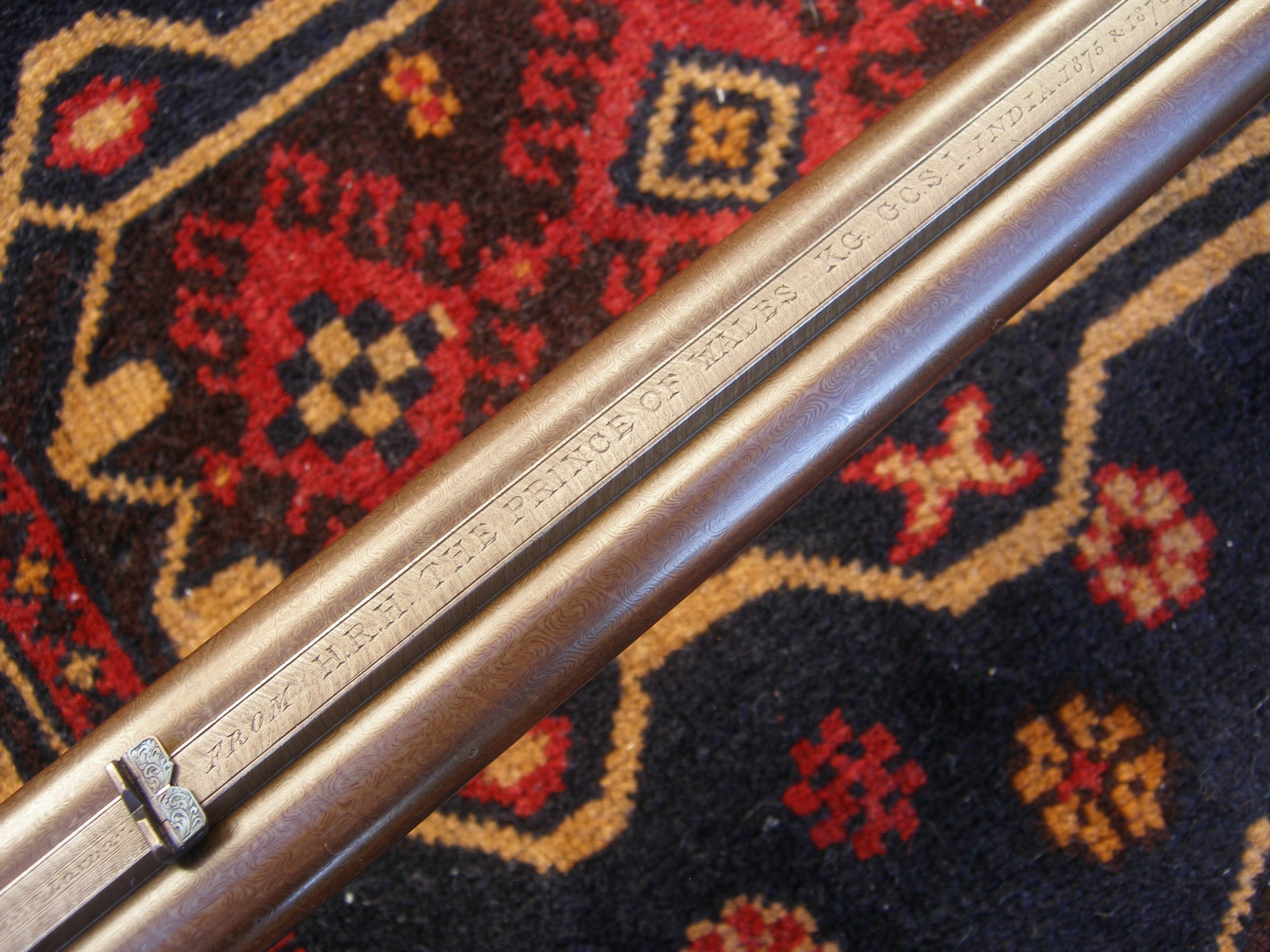
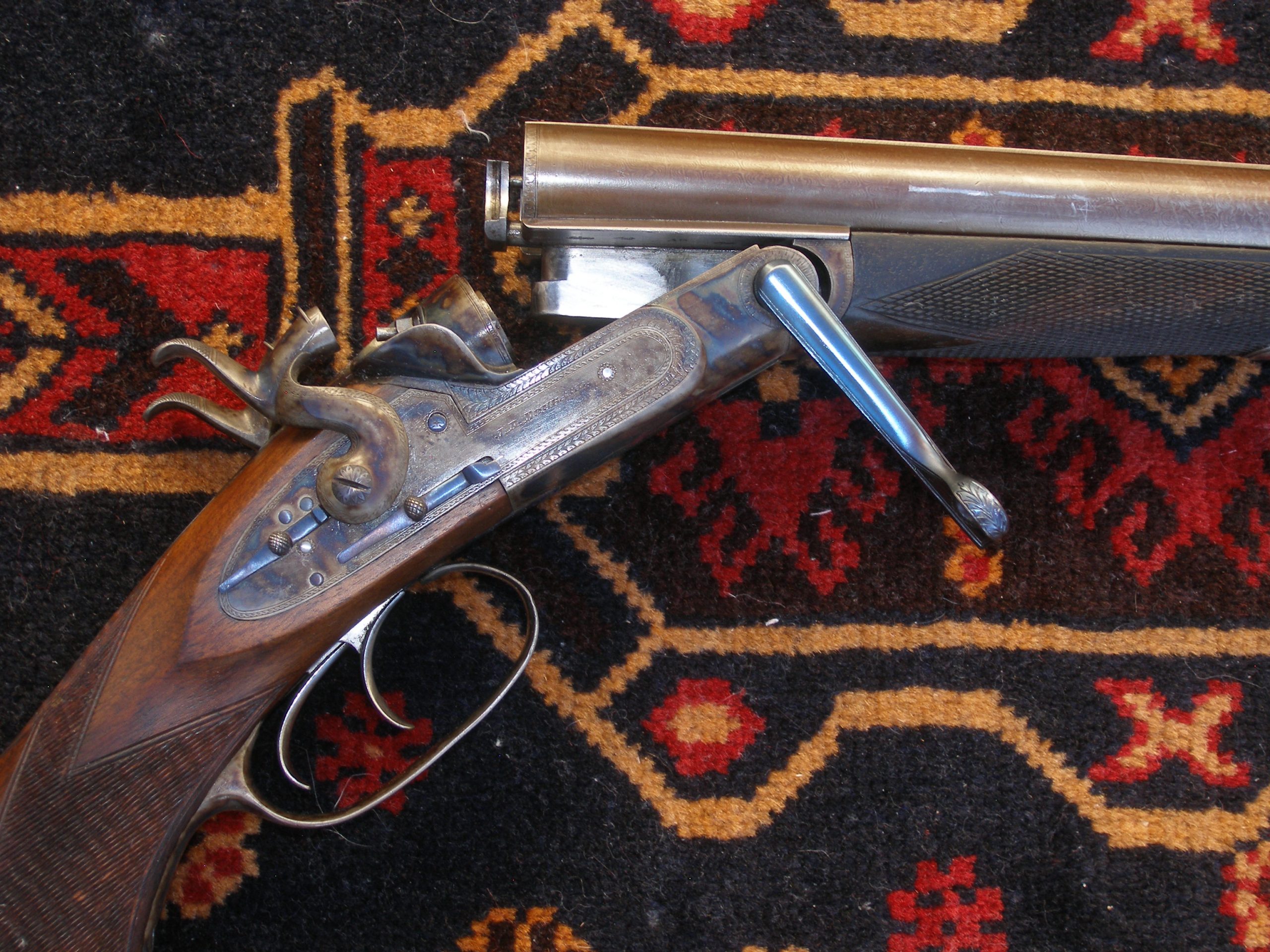
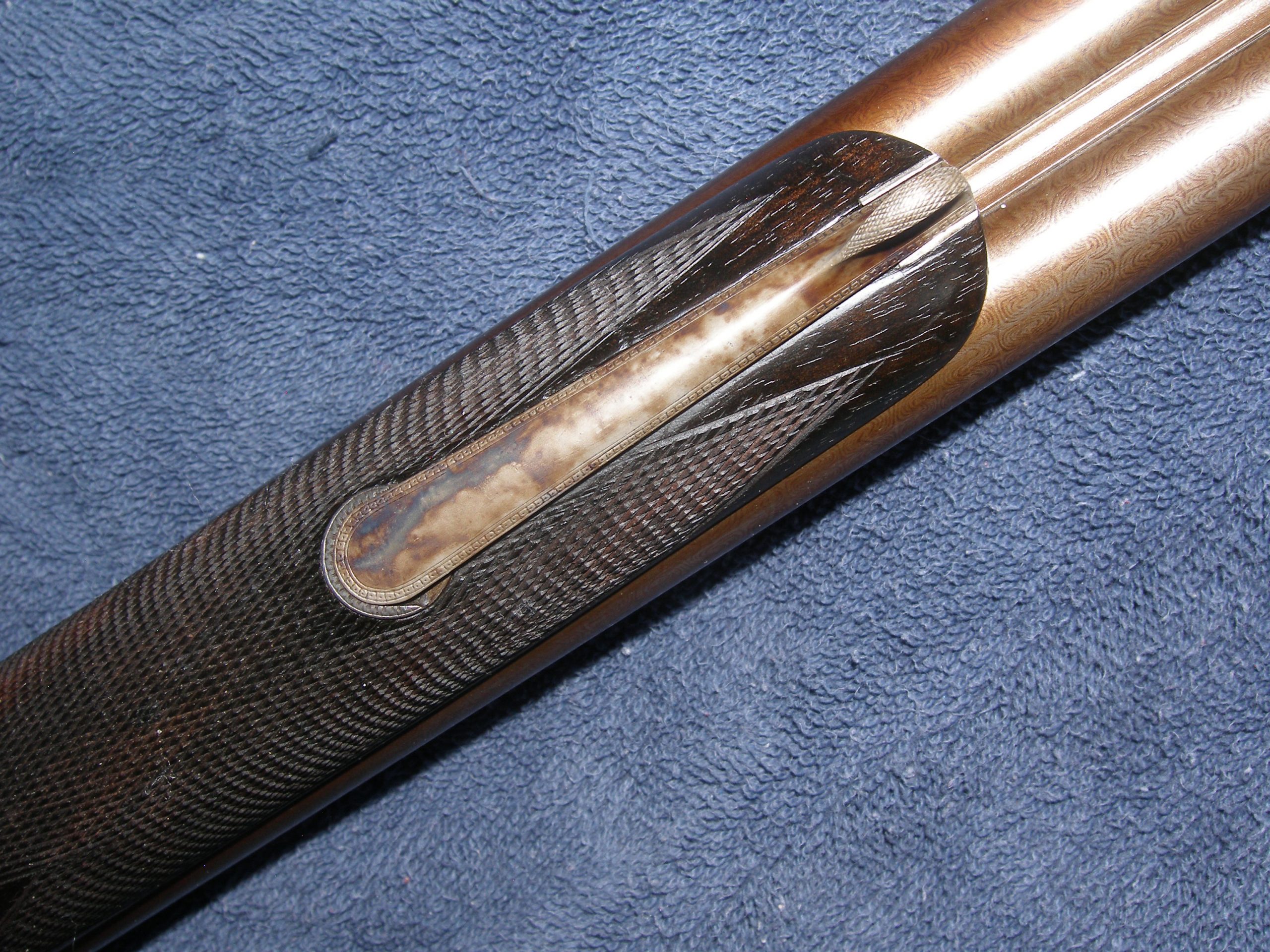
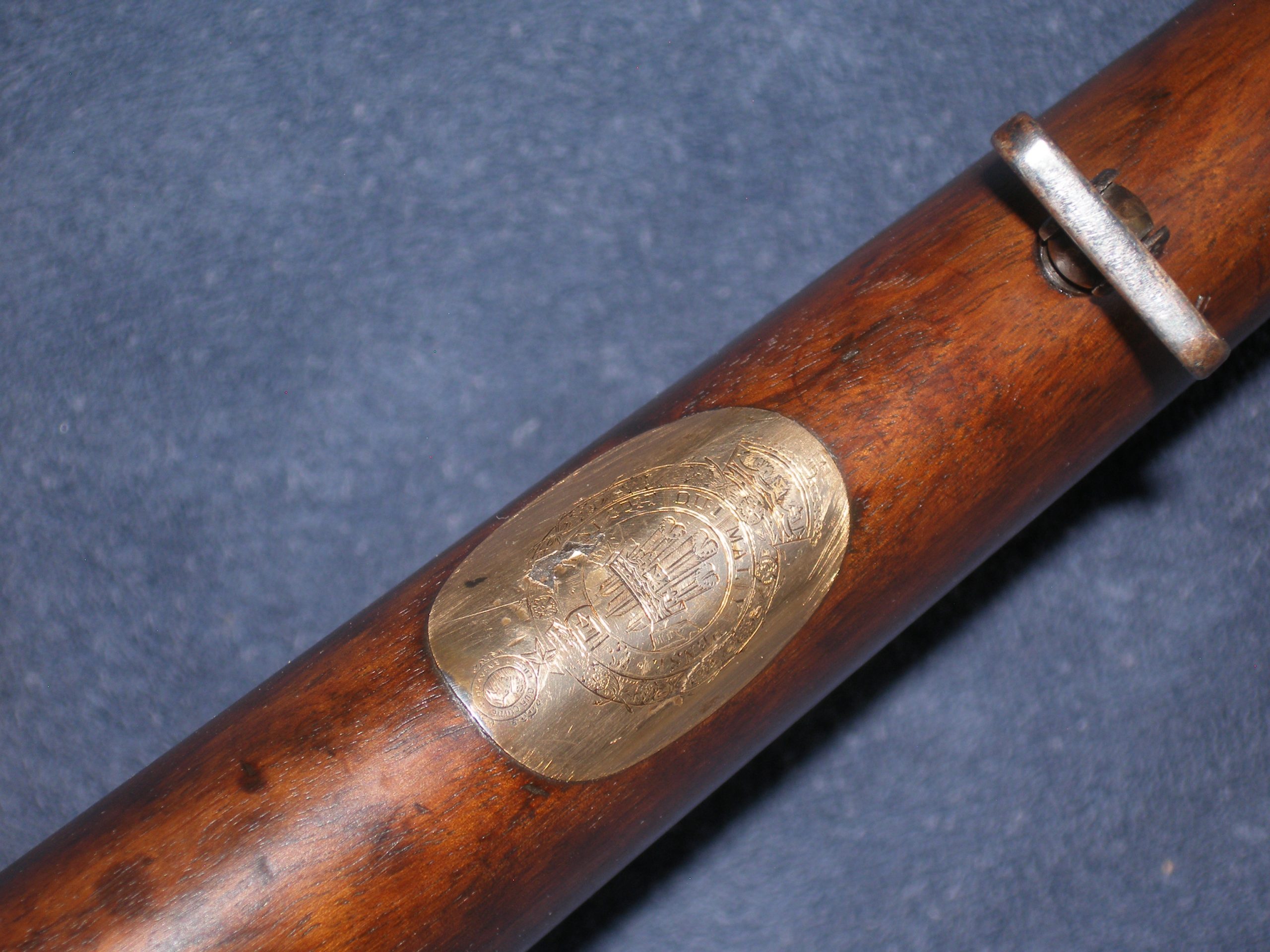
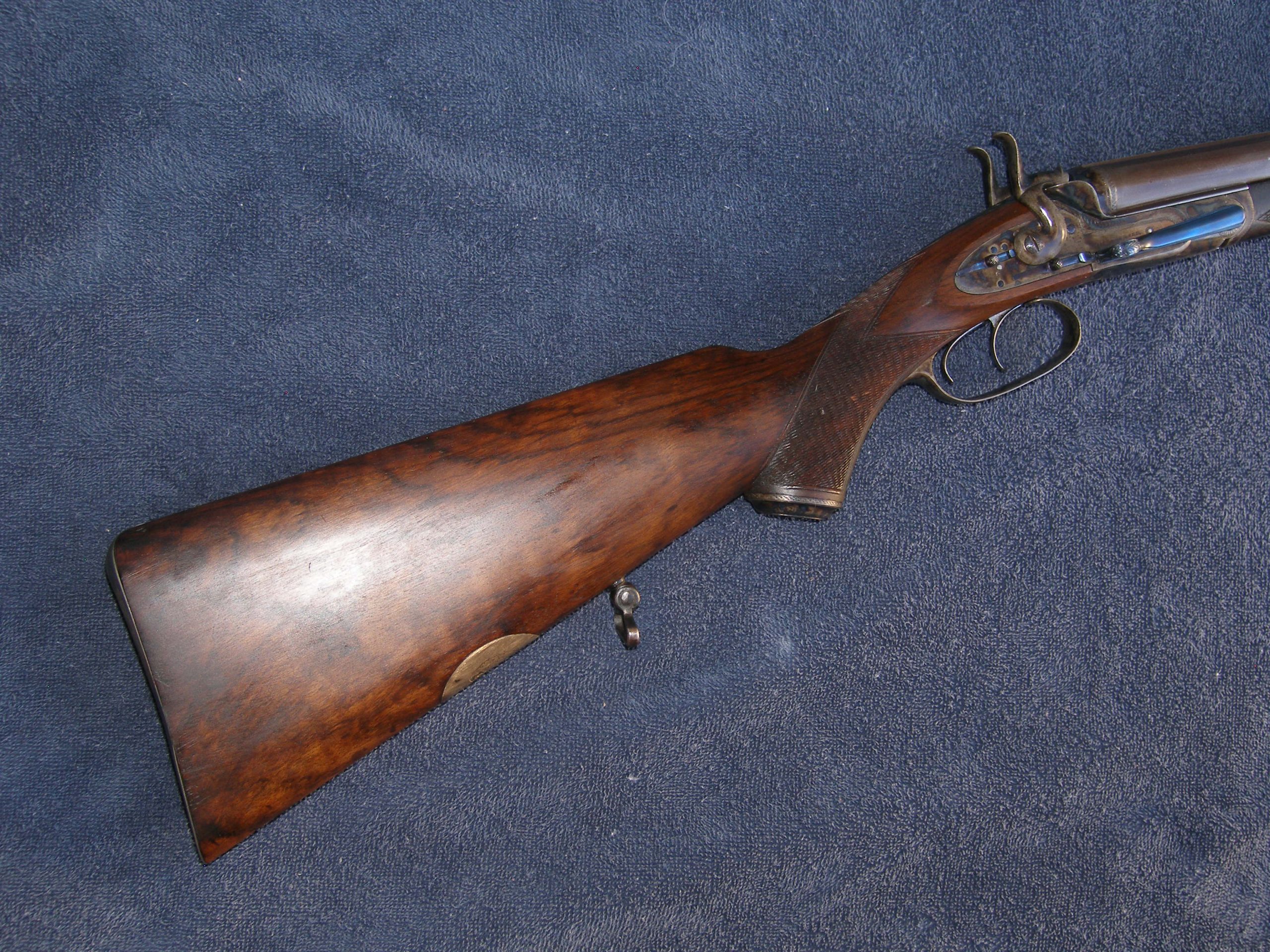
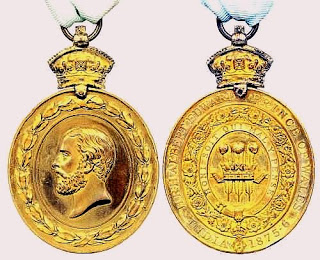
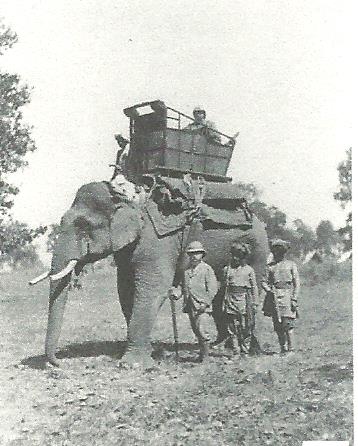
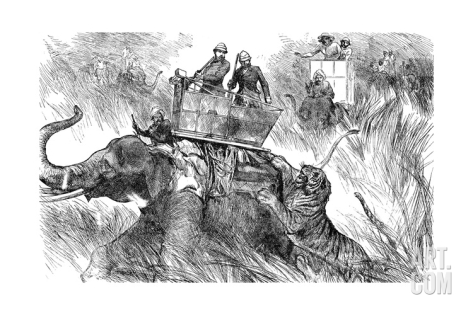
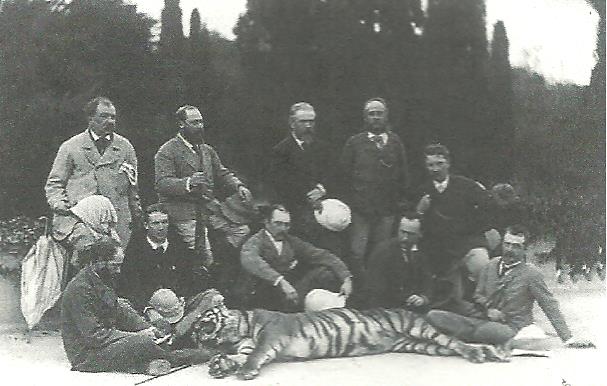
References cited:
Boothroyd, Geoffrey and Susan
1997 Boothroyd’s Revised Directory of British Gunmakers. Sand Lake Press
Amity, Oregon.
Corbett, Jim
1946 The Man-Eaters of Kumaon. Oxford University Press, New York.
Crudgington, Ian and David J. Baker
1979 The British Shotgun Vol. One 1850-1870. Barrie and Jenkins, London.
Wheeler, George
1876 India in 1875-76: The visit of the Prince of Wales. Chronicle of His Royal
Highness’s Journeying in India, Ceylon, Spain and Portugal. Chapman and
Hall, London.
This article was previously published by Wolf Publishing in BLACK POWDER CARTRIDGE NEWS
